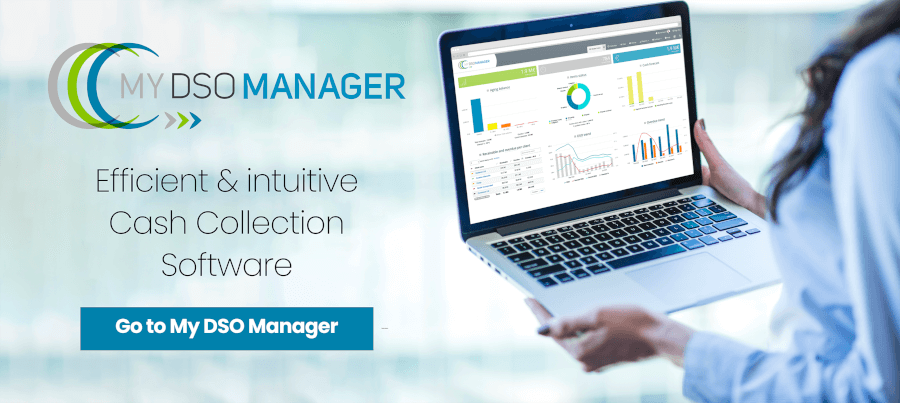It allows him to spread his payments over time according to his cash flow and avoid a litigation situation that would be detrimental to both parties.
If it goes well, it significantly strengthens the commercial relationship because the buyer will often be grateful to his supplier for having accompanied him during his difficulties.
Otherwise (for example in the event of collective proceedings by the customer), the seller will suffer potentially higher unpaid bills than if he had withdrawn earlier. The game is therefore risky and double-edged.
Therefore, it is necessary to follow certain principles before setting up a payment plan to ensure that this solution is relevant for the supplier.
Payment plan or moratorium?
The two concepts are close but should not be confused.A moratorium provides a respite in times of crisis. For businesses facing temporary financial difficulties, a moratorium offers a welcome reprieve. Granted by the creditor, it allows for a temporary pause in agreed payments, at no additional cost. It therefore consists of a postponement of the scheduled payment date.
A payement plan is the result of structured planning for debt repayment. It offers a more organized approach by establishing a detailed plan with clear payment dates and amounts. It ensures rigorous financial management and maintains financial discipline.
Standard questionnaire before setting up a payment plan
This questionnaire is essential before making or accepting a payment plan proposal so that it is optimized (obtaining payments as soon as possible) and realistic (requiring the client to provide a schedule that he is able to meet).Its objective seeks above all to establish a pre-diagnosis of the financial situation of the company. It is only when the information below has been collected that it is possible to consider the proposal phase.
Identify the causes of financial difficulties
- What are the causes of your financial difficulties?
- What is the origin of your financial difficulties: drop in your turnover, seasonal activity, late payment by one or more customers, etc.?
Late payments with other third parties (other suppliers, Public Treasury)?
- Do you pay other suppliers late? How is it going ?
- Are you in arrears with States Treasury?
- Have liens been issued on your company (if so, the risk is higher)?
Assess the ability to ensure payment of future terms
- Regarding the deadlines of…. can you assure me of their payment on these dates?
Upcoming orders
- Do you plan to place new orders for equipment in the next X weeks – X months? If yes, for what amount?
Assess the expected cash flow
The repayment capacities of the buyer depend on these receipts.- Are you expecting cash inflows soon? When ?
- Have you drawn up a cash flow plan?
-

Payment plans management in My DSO Manager, SaaS credit management software
The My DSO Manager collection management module allows you to manage the payment plans granted to your clients in a particularly relevant and efficient manner.
The invoices in question are labeled with a "Payment plan" status and a comment describing the terms of the agreement, which is communicated to the customer and logged on the platform. This agreement can be formalized using the integrated email functionality with acknowledgment of receipt.
Specific follow-up actions are scheduled based on defined payment dates, with immediate alerts in the event of non-compliance with commitments. All agreed payment deadlines are managed via a specific report. See more with the online demo.
Principles for setting up a payment plan
What are the prerequisites for a payment plan?
- Require an immediate partial payment even of a small amount in order to get a proof of the willingness of your client to honor his debt,
- Shorten to the maximum the duration of the schedule of payment,
- Confirm the agreement by a writing contract signed by both parties. It will have a value of an acknowledgment of debt if you had to conduct a subsequent lawsuit to get paid,
- Get upon the signing of the agreement checks (or bank endorsed bills of exchange) to cash in accordance with the schedule deadlines.
You shall define conditions that are realistic for your client (he must be able to comply with the agreement) and for your company whose cash is certainly not infinitely expandable.
Managing the setup and management of payment plans is immensely facilitated by a credit management software which includes very effective means of communication, contracting and follow-up. It also strengthens the credibility of the company regarding the validated agreement in digital form to the debtor.
In legal terms, this agreement on the method of settling a claim is called conciliation. It can be noted by an order of the President of the court, which has enforceable force, and thus reinforces the scope of this agreement.
At the request of the creditor, the conciliation can also be approved by a judgment of the commercial court: the President of the court ensures that the debtor is not in cessation of payments or that the agreement clarifies their situation. The agreement subject to approval is filed at the registry.
What to do in the event of bankruptcy?
This depends on each country regulation.However, in most of cases, there is no longer any question of negotiating a payment plan because the debtor's liabilities are frozen and it is legally impossible to pay the invoices whose date of issue is prior to that of the judgment of the court of trade.
It is necessary to declare his debts to the judicial administrator so that they are taken into account in the statement of the debts realized that he carries out.
Conclusion
The implementation of a contractual payment plan (signed by the customer) has many advantages:- Preservation of the commercial relationship.
- Avoids (if all goes well) litigation.
- Get paid faster.
- Equivalent to an acknowledgment of debts (the certainty of the debt is no longer in doubt) which can be used in the event of legal action.